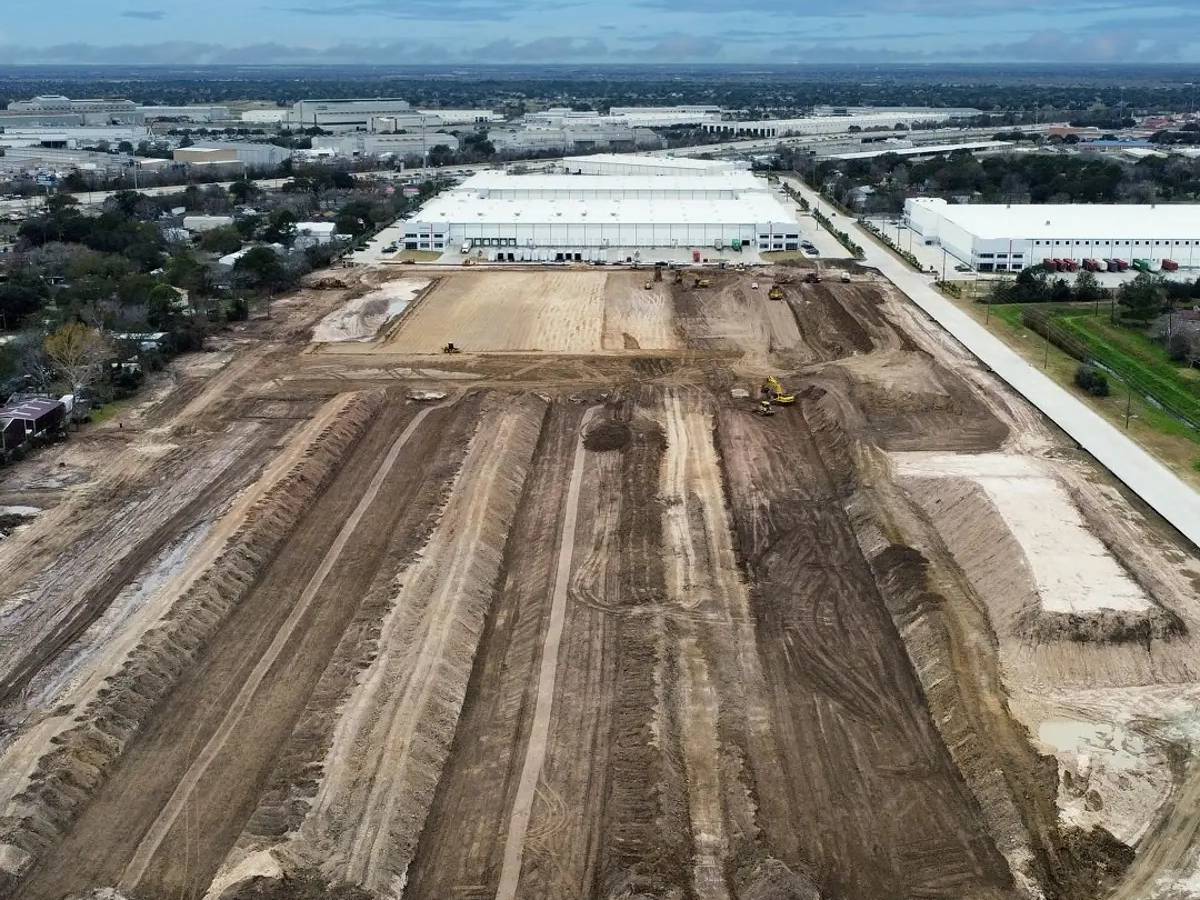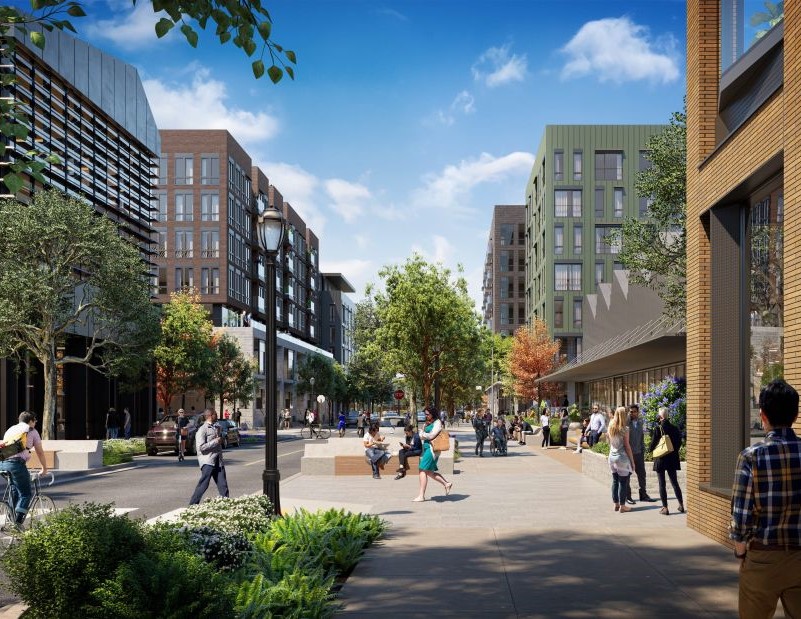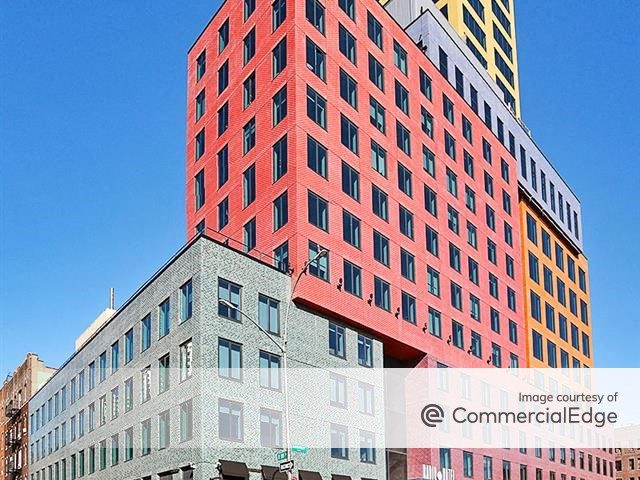Re-Mapping Distribution Centers for E-Commerce
As high-speed deliveries of online-ordered goods become more of an expectation, retailers are experimenting with methods of achieving same-day—and in some cases even faster—delivery.
By Anna Spiewak, News Editor

625 Braselton Parkway is a 1.1 million square-foot facility in Duke Realty’s 85 Braselton Distribution Park in Atlanta.
Gone are the days when, for cost-saving’s sake, companies moved their warehouses and distribution centers into tertiary markets. As population migration shifts toward the urban core, making it the fastest-growing part of any city, more goods are being shipped to those areas.
“Anytime you’ve got a city with a substantial population, there’s always a big supply chain at service in products that need to be there fairly quickly,” said James Connor, senior regional vice president for the Midwest at Duke Realty.
As Internet orders increase and consumers expect faster delivery, more companies—such as Amazon, Wal-Mart and Home Depot—are moving closer to their customer base, with an eye toward meeting their promise of same-day delivery in the near future. As they test different same-day delivery tactics, they are finding it makes more sense to build or lease warehouse space closer to urban areas.
This new-found user interest is attracting the attention of real estate investors. “When you look at the investment community, capital markets and the kinds of investments that people are chasing, industrial right now is the most in-demand asset type,” said John Morris, industrial leader for the Americas at Cushman & Wakefield Inc.
It is also spurring a rise in development, since same-day delivery requires a different structure than that of traditional distribution centers, which were set up for storing and distributing large quantities of goods. Ordering online can entail just one item delivered to a person’s home.
The percentage of goods purchased through e-commerce remains small—at 5.2 percent of overall sales last year, according to the U.S. Census Bureau. But the volume of sales is nonetheless growing. In fact, it increased by 15.8 percent last year, reaching $225 billion, more than double the amount just seven years ago. According to leading industrial and logistics real estate provider Prologis, 30 percent of the company’s new development activity in 2012 comprised build-to-suits for e-commerce requirements.
Amazon is currently testing a same-day delivery model in 10 cities. The world’s biggest online retailer’s goal is to be able to offer same-day delivery to more than 80 percent of the U.S. population in a short period of time.
“If you think about what Amazon is doing, rather than building out a network of retail stores and malls, they’re replacing them with distribution centers,” said Steve Callaway, managing director of global customer solutions at Prologis, which provides 5 million square feet of distribution center space for Amazon across the world.
In January, Amazon signed an agreement with Prologis for a more than 1 million-square-foot fulfillment center on nearly 90 acres at Prologis Park Tracy Phase II, in Tracy, Calif. In the same month, the Seattle-based retailer announced plans to build two warehouses in New Jersey, one of them in Robbinsville, which it plans to occupy early next year. With Amazon reportedly approaching 2 percent of total net U.S. retail sales, other retailers are striving to compete with the online sales guru by pushing for e-commerce and same-day delivery, as well, creating more need for such distribution center space.
They are also experimenting with some new ideas. Wal-Mart, which occupies 500 million square feet of Prologis distribution space nationwide, is testing the ability of pick-up—when a person orders online and then picks the product up at the store—as a same-day opportunity. The U.S. discount retail giant is also deliberating placing FedEx collection and delivery points in its stores.
Although it is more expensive to build near urban areas, that can easily be offset, since real estate is only 5 percent of the cost of a warehouse project, according to Connor.
Transportation remains the biggest cost component. As a result, there has been some speculation of Amazon buying the U.S. Postal Service, or even starting its own service to accommodate door-to-door deliveries, according to Morris. This may cause their distribution centers to look similar to UPS offices—smaller and located within communities. Amazon has been staying mum, for now, on its specific plans for same-day delivery.
“Amazon’s ambition is driving around your neighborhood twice a day in Amazon/FedEx trucks and delivering more often than you deliver milk and flowers,” Morris concluded.
More on e-commerce technology, visit: https://www.commercialsearch.com/news/in-focus/instant-gratification/







You must be logged in to post a comment.